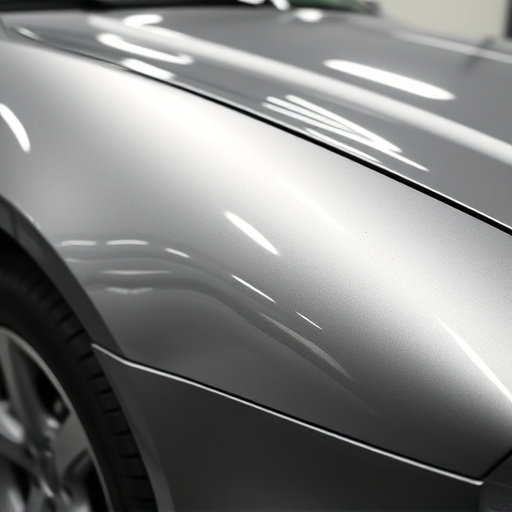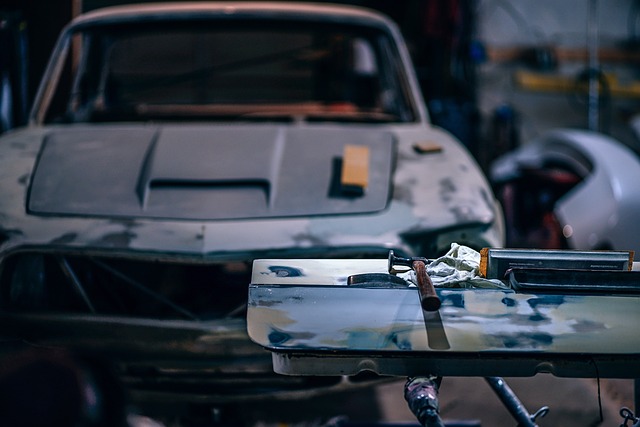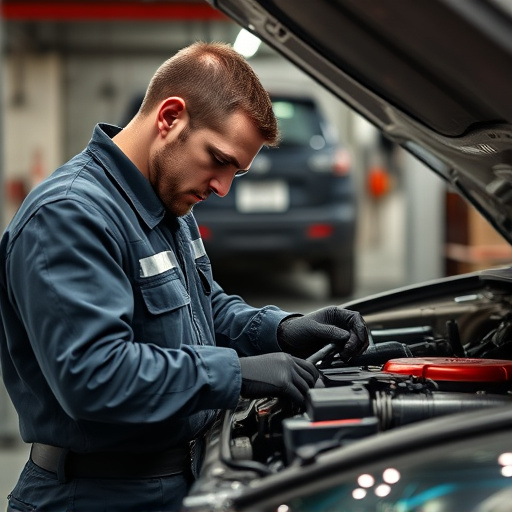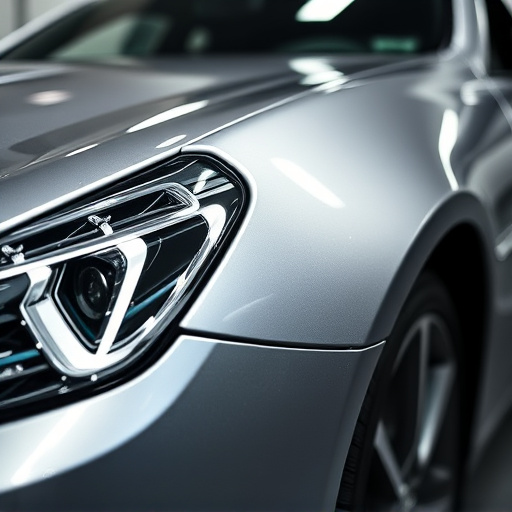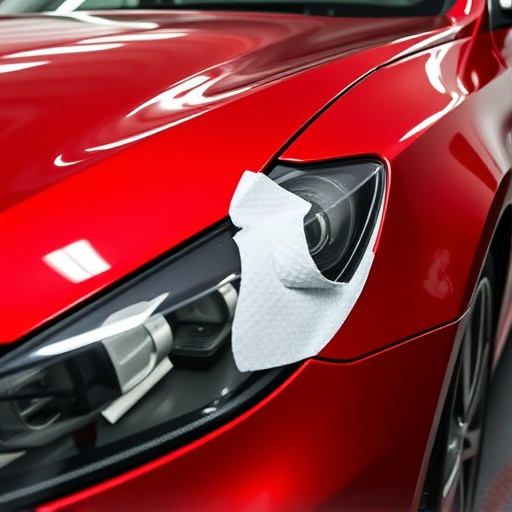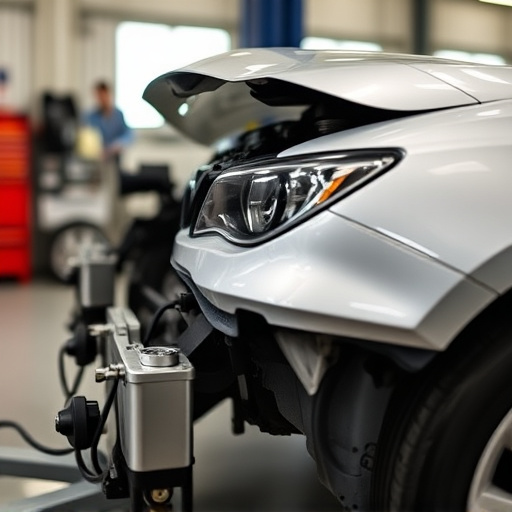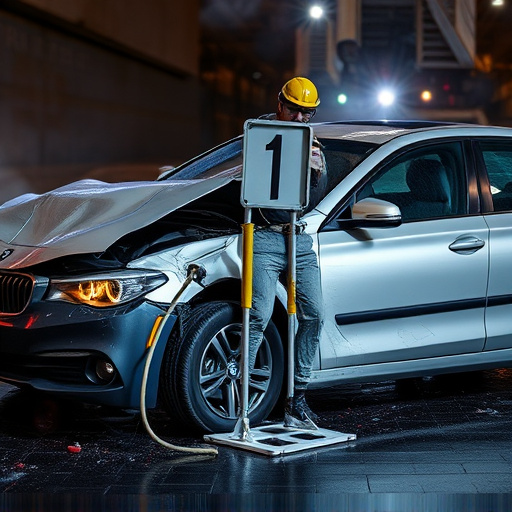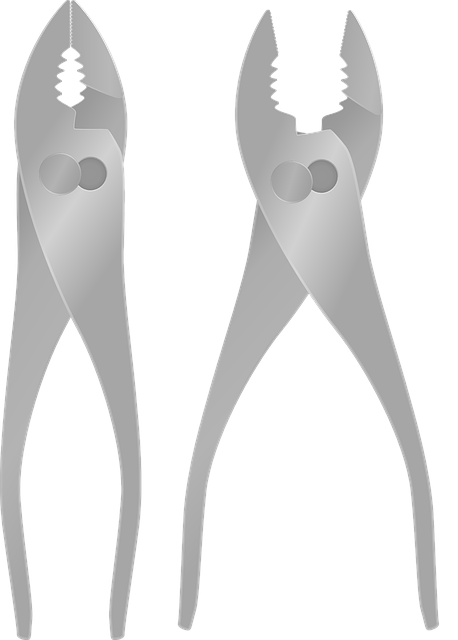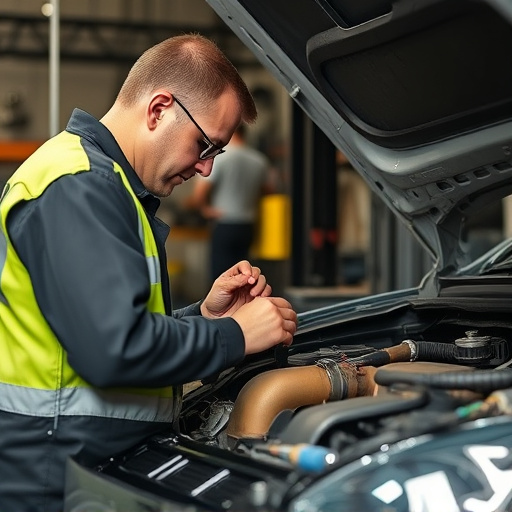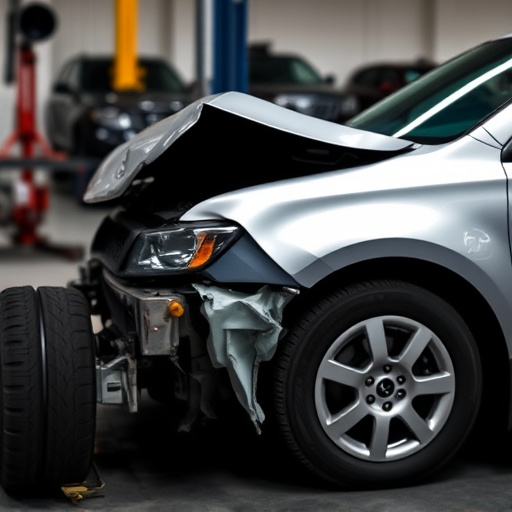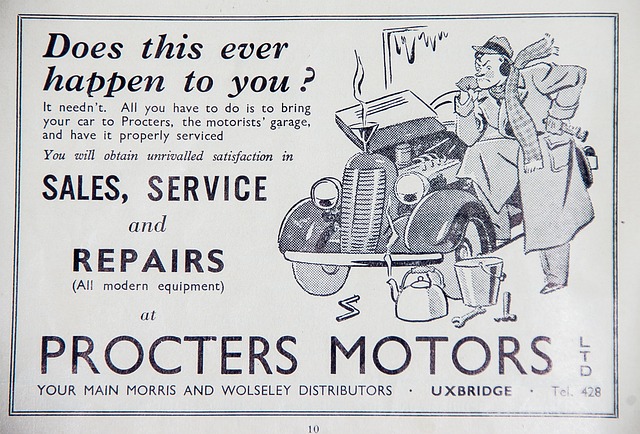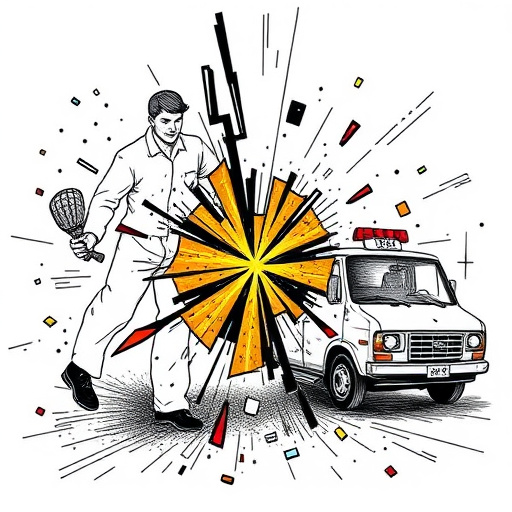Environmental factors, UV rays, moisture, and contamination accelerate paint degradation in vehicles, especially luxury cars. Paint finish restoration is crucial for maintaining aesthetics, preserving value, and customer satisfaction by addressing surface damage, cleaning, sanding, priming, and high-quality multi-layer painting.
Discover why your once vibrant walls have lost their luster. This article unravels the common causes behind dull paint, requiring finish restoration. From environmental factors that degrade paint integrity to everyday activities that accelerate wear, we expose the secrets behind a lackluster appearance. Learn effective techniques and best practices for restoring your paint finish, ensuring a revitalized and durable surface that reclaims the beauty of your space.
- Understanding Dull Paint: Common Culprits Unveiled
- Environmental Factors: How They Affect Paint Finish
- Restoring Paint: Techniques and Best Practices Revealed
Understanding Dull Paint: Common Culprits Unveiled

Dull paint, requiring finish restoration, is often a symptom of various factors that have degraded the surface over time. The initial sheen and vibrancy of paint can fade due to several common culprits. One primary cause is environmental exposure, particularly UV rays from the sun, which can break down the chemical bonds in the paint, leading to discoloration and loss of luster. Moisture, another significant contributor, can cause blisters and bubbles in the paint, making it look dull and damaged.
In the realm of automotive repair, especially for luxury vehicle repairs at a car repair shop, these issues are magnified due to constant exposure to varying weather conditions and high-quality finishes expected by discerning owners. Even minor dents or scratches, if left unattended, can initiate a chain reaction, leading to more extensive paint damage. Timely attention and proper paint finish restoration techniques are crucial to restore the original beauty of any vehicle, ensuring it retains its value and appeals to its proud owners.
Environmental Factors: How They Affect Paint Finish
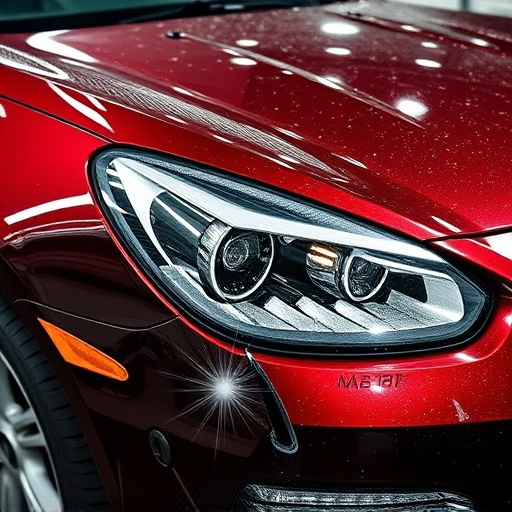
Environmental factors play a significant role in determining the longevity and quality of a paint finish. Exposure to harsh weather conditions, such as excessive UV radiation from the sun or high humidity levels, can cause the paint to yellow, crack, or become brittle over time. These elements accelerate the aging process, leading to a dull and lackluster appearance that may require paint finish restoration.
Additionally, air pollution and various contaminants in the atmosphere can leave stains and marks on the surface of vehicles like Mercedes-Benz, necessitating car paint repair services. From industrial fumes to dust and dirt particles, these pollutants can damage the protective coating, compromising its ability to shield the underlying surface. Regular washing and maintenance are crucial, but even with meticulous care, environmental factors continue to exert their influence, underscoring the importance of occasional paint finish restoration for optimal vehicle aesthetics.
Restoring Paint: Techniques and Best Practices Revealed
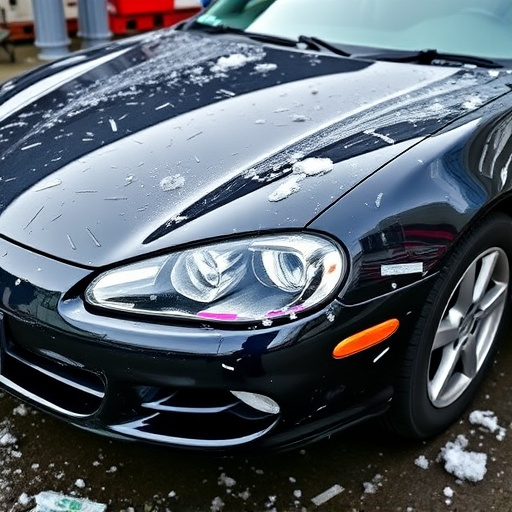
Restoring Paint: Techniques and Best Practices Revealed
To revive dull, faded paint requiring finish restoration, understanding the root causes is key. Often, this stems from environmental factors such as exposure to UV rays, harsh weather conditions, or air pollution, which can accelerate the degradation process. Over time, various substances like dirt, grease, or bird droppings may accumulate on the surface, further compromising its integrity. Even minor scratches and chips create entry points for moisture and elements, leading to rust or mold growth underneath the paint.
Effective paint finish restoration involves a meticulous process that begins with thorough cleaning to remove contaminants. Sanding is then employed to even out irregularities and prepare the surface for new paint application. Auto body services professionals may use different grits of sandpaper depending on the extent of damage, from coarse for heavy scraping to fine for delicate touch-ups. After sanding, a primer coat acts as a bonding agent, ensuring the new finish adheres properly. This is followed by multiple layers of high-quality paint, allowing each coat to dry completely before application of the next. Vehicle paint repair techniques emphasize the importance of precision, patience, and attention to detail for long-lasting results that rival factory finishes.
Dull paint requiring finish restoration is often a result of various factors, from environmental influences to everyday wear and tear. By understanding the common causes, such as UV exposure, moisture, and improper application, you can take proactive steps to protect your paint job. Environmental factors play a significant role in maintaining a vibrant paint finish, and recognizing these influences empowers homeowners and professionals alike to implement effective restoration techniques. With the right tools and knowledge shared in this article, achieving a restored, glossy paint finish is well within reach, ensuring your space retains its visual appeal for years to come.
